Identify the structure from the below mention structures in which reticular fibres are more in numbers and form dense network
Endosteum
Epimysium
Areolar tissue
Perimysium
The correct Answer is:A
Step-by-Step Solution:
1. Understanding Reticular Fibres: Reticular fibres are a type of connective tissue fibre that form a network. They are known for their ability to provide support and structure within various tissues.
2. Identifying the Structures: The question asks to identify a structure where reticular fibres are abundant and form a dense network. The options provided include:
- Option 1: Endosteum
- Option 2: Epimysium
- Option 3: Areolar tissue
- Option 4: Perimysium
3. Analyzing Each Option:
- Option 1: Endosteum: This is a connective tissue that lines the inner surface of bones. It is known to have a high concentration of reticular fibres, forming a dense network.
- Option 2: Epimysium: This is a fibrous connective tissue that surrounds skeletal muscle. While it is made of connective tissue, it does not have a dense network of reticular fibres.
- Option 3: Areolar Tissue: This type of connective tissue has fibres that are loosely arranged, which means it does not form a dense network of reticular fibres.
- Option 4: Perimysium: This connective tissue surrounds bundles of muscle fibres. Similar to epimysium, it does not have a dense network of reticular fibres.
4. Conclusion: Based on the analysis, the structure that has a high number of reticular fibres forming a dense network is the Endosteum (Option 1).
Final Answer: The structure in which reticular fibres are more in number and form a dense network is the Endosteum.
---
- Option 1: Endosteum
- Option 2: Epimysium
- Option 3: Areolar tissue
- Option 4: Perimysium
- Option 1: Endosteum: This is a connective tissue that lines the inner surface of bones. It is known to have a high concentration of reticular fibres, forming a dense network.
- Option 2: Epimysium: This is a fibrous connective tissue that surrounds skeletal muscle. While it is made of connective tissue, it does not have a dense network of reticular fibres.
- Option 3: Areolar Tissue: This type of connective tissue has fibres that are loosely arranged, which means it does not form a dense network of reticular fibres.
- Option 4: Perimysium: This connective tissue surrounds bundles of muscle fibres. Similar to epimysium, it does not have a dense network of reticular fibres.
Topper's Solved these Questions
- STRUCTURAL ORGANISATION IN PLANTS (MOPRHOLOGY OF FLOWERING PLANTS & ANATOMY OF FLOWERING PLANTS)BOOK - ALLENCHAPTER - STRUCTURAL ORGANISATION IN PLANTS (MOPRHOLOGY OF FLOWERING PLANTS & ANATOMY OF FLOWERING PLANTS)EXERCISE - Exercise -III (Analytical Questions)
55 Videos
- STRUCTURAL ORGANISTION IN ANIMALS (ANIMAL TISSUES & COCKROACH)BOOK - ALLENCHAPTER - STRUCTURAL ORGANISTION IN ANIMALS (ANIMAL TISSUES & COCKROACH)EXERCISE - EXERCISE-IV
4 Videos
Similar Questions
Knowledge Check
Which of the structures given below are chiral ?
 AI, II, IIIBII, III, VCII, IIIDI, II
AI, II, IIIBII, III, VCII, IIIDI, IIFind out structures which can form stabilised enol structure :
A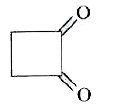 B
B CCH3−O∣∣C−CH2−O∣∣C−PhDCH3−O∣∣C−CH3
CCH3−O∣∣C−CH2−O∣∣C−PhDCH3−O∣∣C−CH3
Identify the structure given below by selecting the correct option.

View SolutionIdentify the correct option regarding the structure given below .
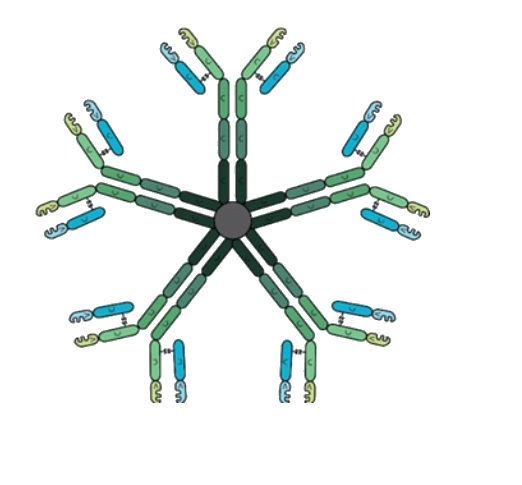
View SolutionAmongst the given structures , which are permissible resonance forms ?
View SolutionIdentify the mean of transport represented below and the structure marked as A
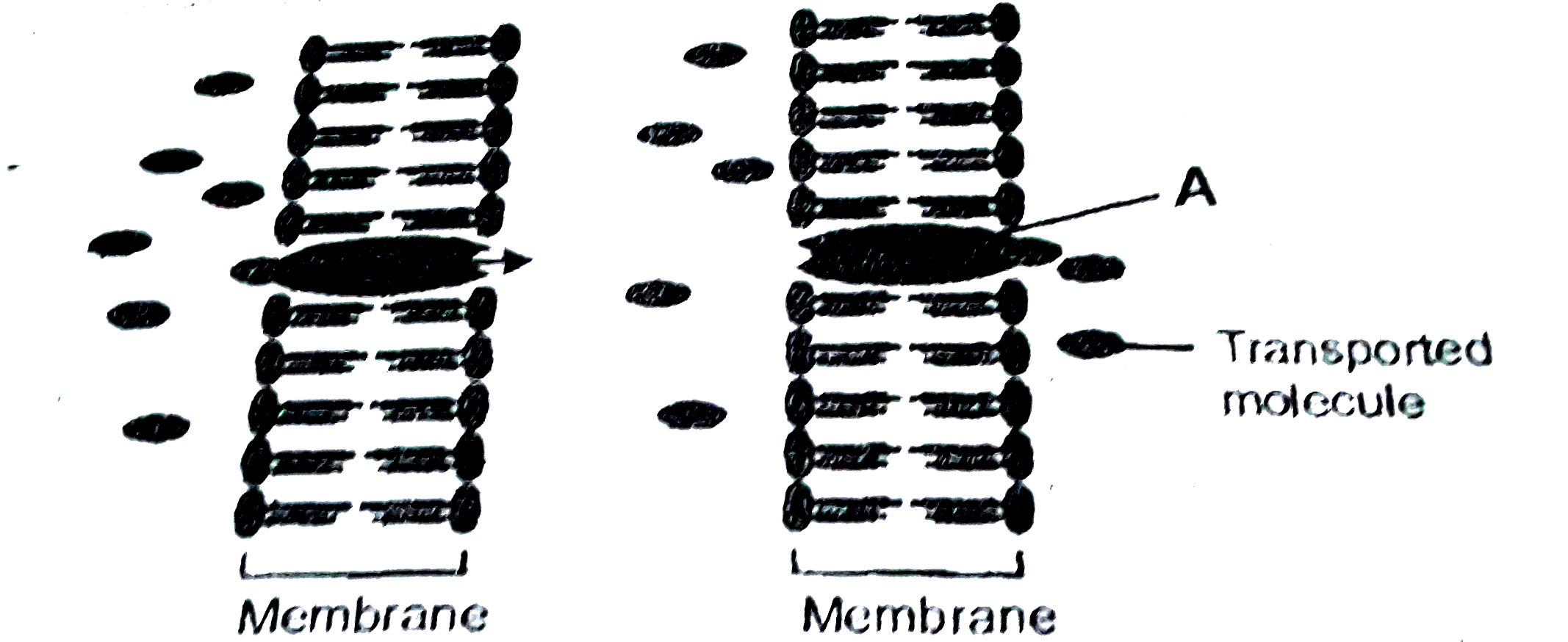
View SolutionIdentify the correct number line from the three number lines given below :
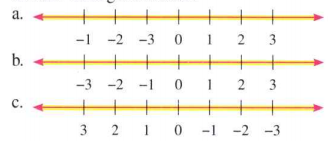
View SolutionIdentify the structure which represents homology in the following picture.
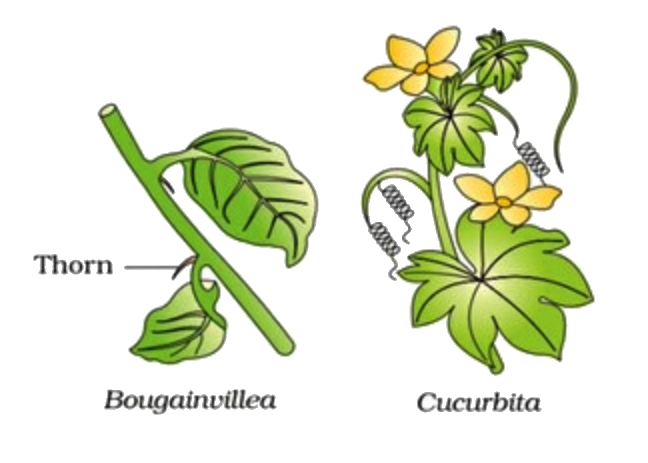
View Solution

